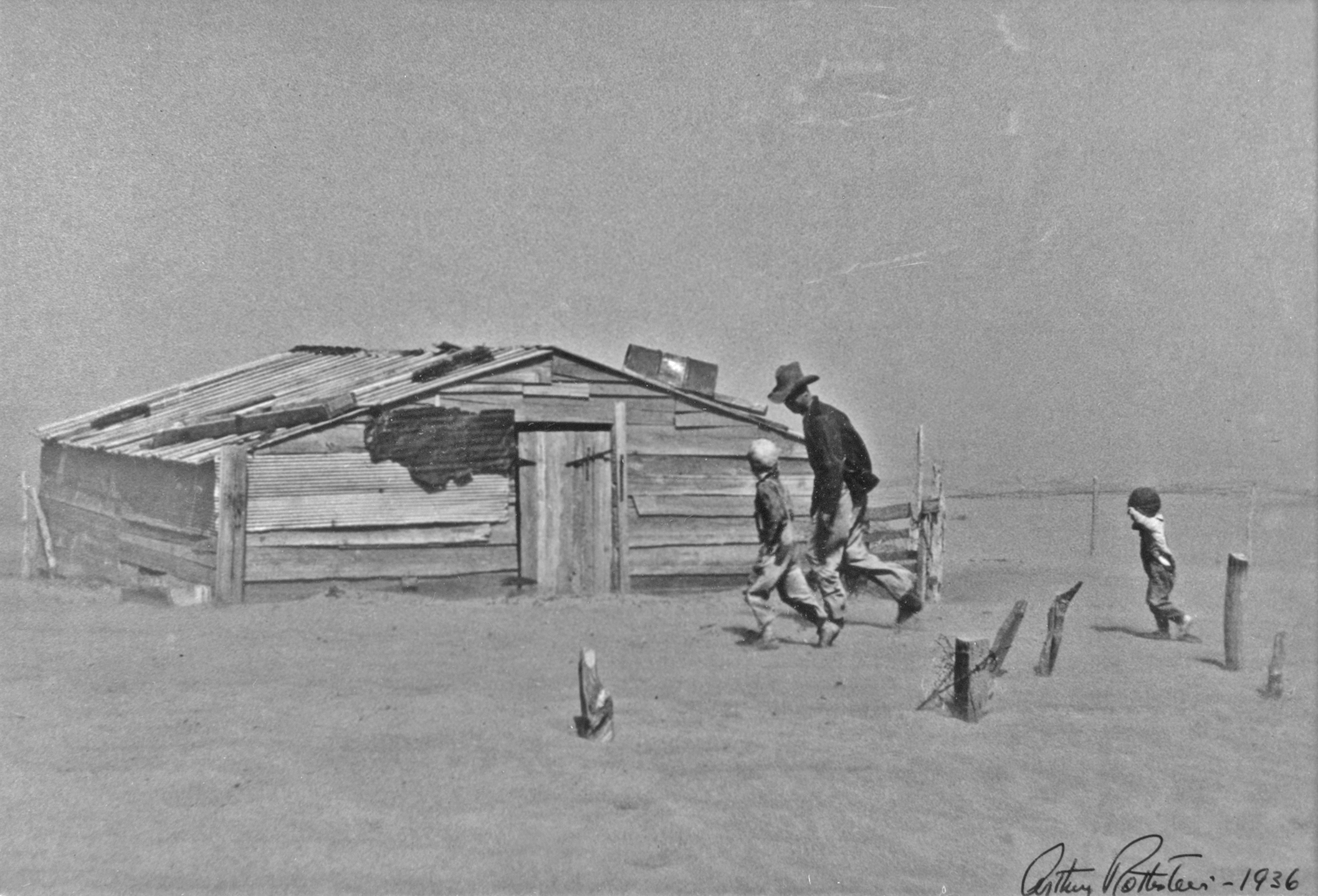Beginning Monday, September 9, The Hillstrom Museum of Art will present Industry, Work, Society, and Travails in the Depression Era: American Paintings and Photographs from the Shogren-Meyer Collection.
The exhibition features paintings and photographs by around sixty different artists, mostly dating back to “the turbulent thirties, which were an era of particular interest to the collectors and one that is also heavily reflected in the Hillstrom Museum of Art’s own collection,” Donald Myers, Director of the Hillstrom Museum of Art, said.
Collector Daniel Shogren was a fellow art enthusiast to the Museum namesake—Richard L. Hillstrom—who oftentimes collected figurative and realist works of art from the first half of the twentieth century.
The collection is not only in line with Hillstrom’s aestherics, but also timely in more than one way, as Director Donald Myers noted in the exhibition catalogue.
“First, it coincides with the nintieth anniversary of “Black Tuesday,” the October 29, 1929 crash of the U.S. stock market that contributed to the Great Depression of the 1930s. And there are a number of works in the exhibit that relate to the Dust Bowl of that decade finding context with today’s concerns about climate change and thereby connecting with Gustavus Adolphus College’s Nobel Conference 55, “Climate Changed: Facing Our Future,” held September 24-25, 2019,” Myers said.
Shogren emphasizes the collection’s focus: “art begins at home.”
Nearly one hundred paintings and photographs to be on display portray working Americans, who experienced and implemented radical changes in the United States during the 1900s.
“A number of pieces in our collection record the integrity of work and the hardships people experienced. The social realism of the time portrayed less positive subjects through paintings and photographs. The art of the 1930s was generally quite political and very often made a social statement,” Shogren said.
Both history majors during their college careers, Shogren and his wife and fellow collect, Susan Meyer, share a fascination with the 1930s, which is reflected in their art collection.
“In my working career, I have traveled the Midwest and worked in factories where I’ve witnessed today’s working men and women. I can’t help but compare today, where we have full employment and a booming stock market, to the America of the 1920s and 1930s,” Shogren said.
Shogren draws and combines his interests in history and art into his collection, which, he believes, records, reflects, and predicts history.
Soliciting art’s ability to capture the phenomenal changes of history, Shogren poses questions to viewers of his collection.
“Are we seeing warning signals, such as climate change and income disparity, that portend a future Depression and new Dust Bowl? If so, are we prepared, and have we learned anything from our history? As they say, “history repeats itself.” Will we listen to history and avoid another time like the 1930s?” Shogren noted in his catalogue statement.
Remarkable among the works displayed is Koppers Coke Plant (c.1940), earlier owned by Hillstrom, who acquired it directly from his friend, the artist Elof Wedin (1901–1983).
“Koppers Coke Plant, believed to date from around 1940, is similar in subject matter to the PWAP works done for the University, although its style is more faceted and fragmented than those works, reflecting Wedin’s particular and ongoing interest in the proto- Cubist approach of French artist Paul Cézanne (1839–1906). The industrial coke plant depicted in Wedin’s image was located on Hamline Avenue not far from the University. It was in operation from 1917 to 1979 and produced “coke,” a solid fuel derived from coal and used in making steel. The site was acquired for reuse and is now occupied by office and light industrial buildings but is monitored by the U.S. Environmental Protection Agency as a “Superfund Site” because of hazardous chemicals from the plant’s waste disposal having contaminated the soil and groundwater,” Myers wrote.
The photographs featured in the exhibit captured the realistic looks the people, working or not, the factories, and the shops of nineteenth century America. The black-and-whites accentuate the vintage and somber tones in depicting a rough time period in American history.
On the same note, the paintings utilize high contrasts and blown up shadows to reflect the gloomy economic and social struggles at the time.
The Museum’s regular hours are weekdays, 9 a.m. to 4 p.m., and weekends, 1 to 5 p.m. All exhibitions of the Museum are free and open to the public. formation can be found at www.gustavus.edu/hillstrom.
